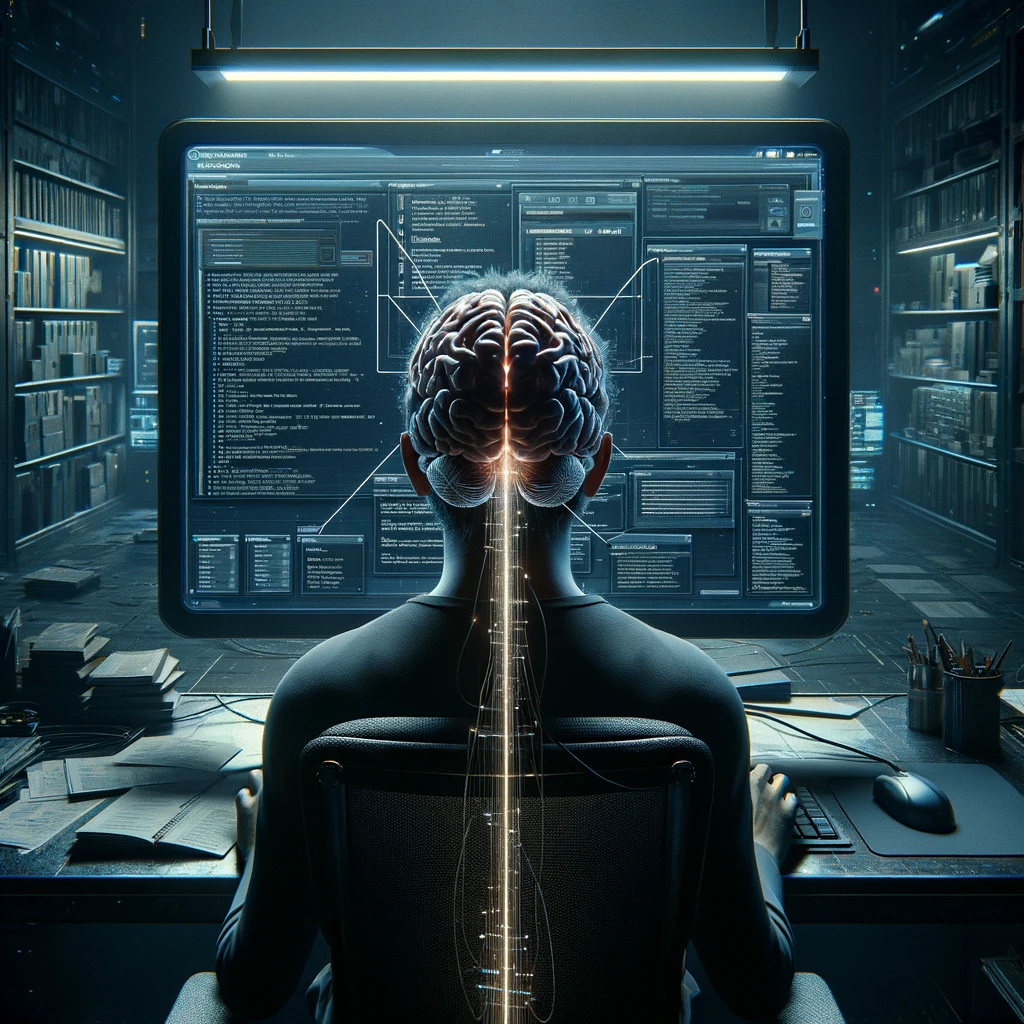Digital Second Brain: The Productivity Hack That's Failing You
May 14, 2024
In the aftermath of the brain-tool disconnect [read here], a new buzzword has taken the productivity world by storm: the digital second brain. These systems, often built on note-taking apps like Notion, Obsidian, and Evernote, promise to revolutionize the way we capture, organize, and retrieve information.
But do they deliver on their bold claims?

With the average knowledge worker spending 2.5 hours per day searching for information, the need for a solution is clear.
However, before we dive headfirst into building our digital second brains, we must ask ourselves:
Are these tools genuinely capable of mimicking the way our minds process information, or are they just another layer of digital complexity in our already overwhelmed lives?
To answer this question, we need to delve deeper into the origins and principles behind the digital second brain concept.
The concept of the digital second brain has its roots in the Zettelkasten method, a note-taking system popularized by German sociologist Niklas Luhmann.
Luhmann's approach involved creating a network of interconnected notes, which allowed him to generate new ideas and insights by exploring the relationships between disparate pieces of information. Fast-forward to the digital age, and we see this concept reimagined in the form of note-taking apps with features like bidirectional linking, graph visualization, and tag-based organization.
The promise of these tools is tantalizing: a centralized repository for all our knowledge, seamlessly connected and easily accessible. But as we explore the potential of these systems, it's crucial to understand the science behind how our brains process and store information. Research has shown that our brains rely heavily on context and associations when encoding and retrieving memories.
This raises the question: Can digital tools truly replicate this complex, context-dependent process?
While the idea of a digital second brain is compelling, the reality of implementation often falls short. Many users find themselves spending hours meticulously organizing their notes, only to discover that the retrieval process is cumbersome and inefficient. A study published in the Cognition (2013) journal found that people tend to remember information better when it is associated with a specific context or emotion. This highlights a key limitation of current digital second brain tools: their inability to capture and utilize the rich context in which we encounter information.
Moreover, the sheer volume of information we are expected to process and store in these systems can be overwhelming. A survey by the Harvard Business Review found that 60% of knowledge workers feel overloaded with information. This begs the question: Are digital second brain tools actually reducing cognitive load, or are they simply adding to the noise?
Despite the current limitations, there are glimmers of hope on the horizon.
The emergence of AI-powered tools like Limitless, Zapier Central, and Notion AI suggests that the future of digital second brains may lie in the integration of artificial intelligence. These tools aim to make information retrieval easier and help in content generation (co-pilot for writing) reducing the manual effort required from users.
Additionally, methods developed by productivity experts like Tiago Forte and Ali Abdaal provide frameworks for making the most of existing tools. Forte's "Building a Second Brain" course emphasizes the importance of progressive summarization and actionability when processing information, while Abdaal's "CODE" method offers a streamlined approach to organizing digital notes.
The concept of the digital second brain is alluring, but the reality is more complex than the hype suggests.
While current tools offer glimpses of the potential for cognitive enhancement, they often fall short in capturing the context and nuance that our brains rely on. As we navigate the landscape of digital second brain tools, it's essential to approach them with a critical eye, understanding their limitations and adapting our strategies accordingly. The quest for the perfect digital second brain may be ongoing, but by combining the best of human cognition with the power of technology, we inch ever closer to the promise of seamless information management and enhanced intellectual prowess.
